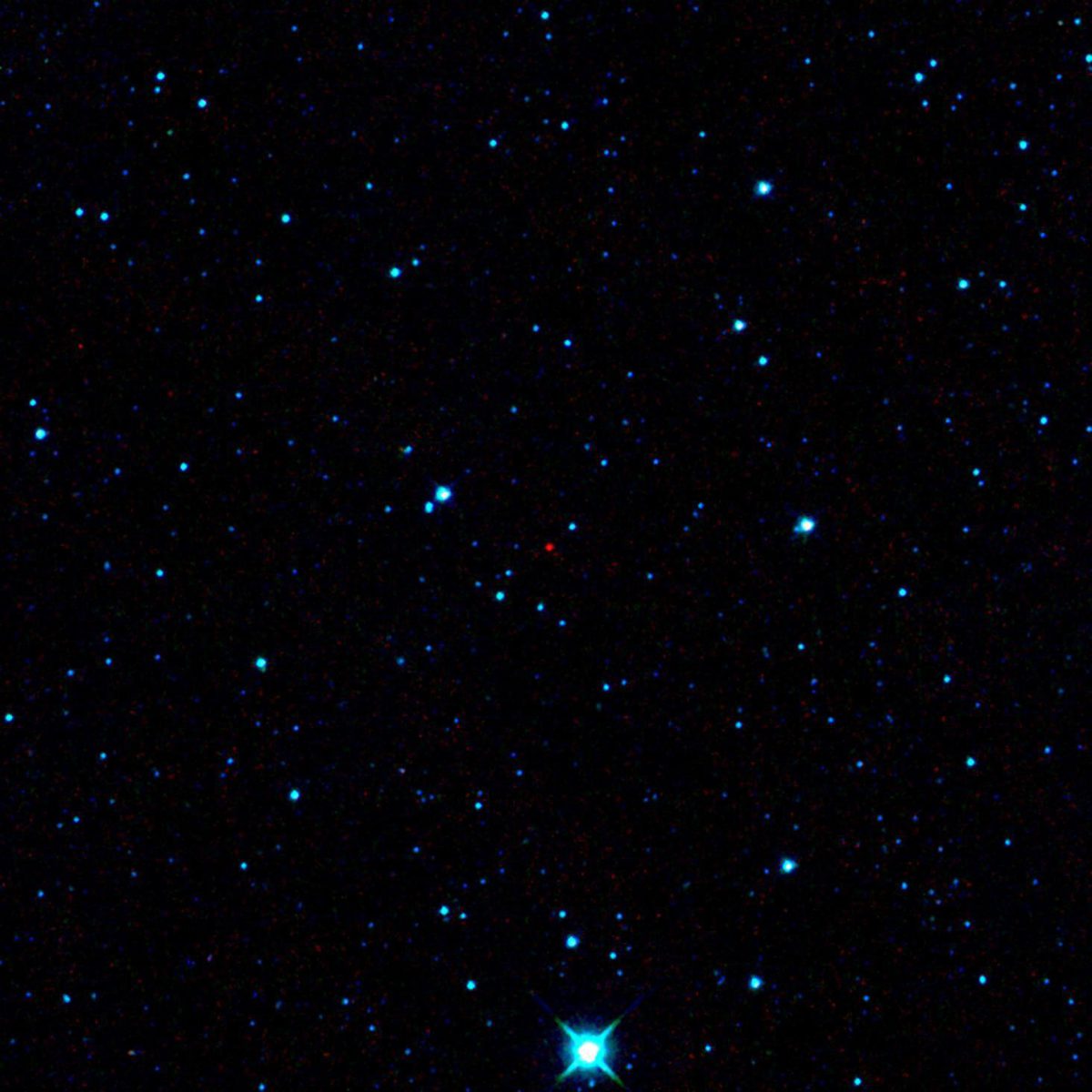Emily Lakdawalla • Jan 22, 2010
WISE bags its first near-Earth object, 2010 AB78
EDIT 10 pm: JPL posted a photo from WISE showing the asteroid, which I've appended to the end of this post.
When an astronomer first notices a previously undiscovered object moving against the sky, they send their observations to the International Astronomical Union's Minor Planet Center (MPC), located at Harvard. If the wanderer is a possible near-Earth object, its positional information is posted to the MPC's NEO Confirmation Page so that other astronomers can attempt to find the object to confirm if it, in fact, exists, and if so, to note its current position. Near-Earth objects move very rapidly against background stars, so they have to be "recovered" in this way very soon after their discovery, or they quickly become too faint to be seen again. After there are enough measurements to provide a long enough observational arc, the MPC can derive the newly observed object's orbit, which makes it possible to predict future appearances. At this point the MPC gives the object a name: the year of its discovery, followed by a code that indicates when in the year the object was discovered.
The Wide-field Infrared Survey Explorer (WISE) just took its lens cap off on December 29, and posted its "first light" image on January 6. Now, just two weeks later, WISE has bagged its first near-Earth object. The object was discovered on January 12, observed again by WISE a day later, and then followed up on by Mauna Kea on January 18 and 19, which allowed the MPC to issue a "Minor Planet Electronic Circular" or MPEC naming the newly discovered object 2010 AB78.
2010 AB78 is not a particularly close near-Earth object; the closest its orbit will get it to Earth is within 0.2 astronomical units, or 30 million kilometers. But this is just the first of a great many asteroids and near-Earth objects that we can expect WISE to discover. There's already another WISE observation looking for followup on the NEO Confirmation Page, dating to January 14. WISE is expected to discover thousands of near-Earth objects during its mission -- this is just the start!

The Time is Now.
As a Planetary Defender, you’re part of our mission to decrease the risk of Earth being hit by an asteroid or comet.
Donate Today

 Explore Worlds
Explore Worlds Find Life
Find Life Defend Earth
Defend Earth

